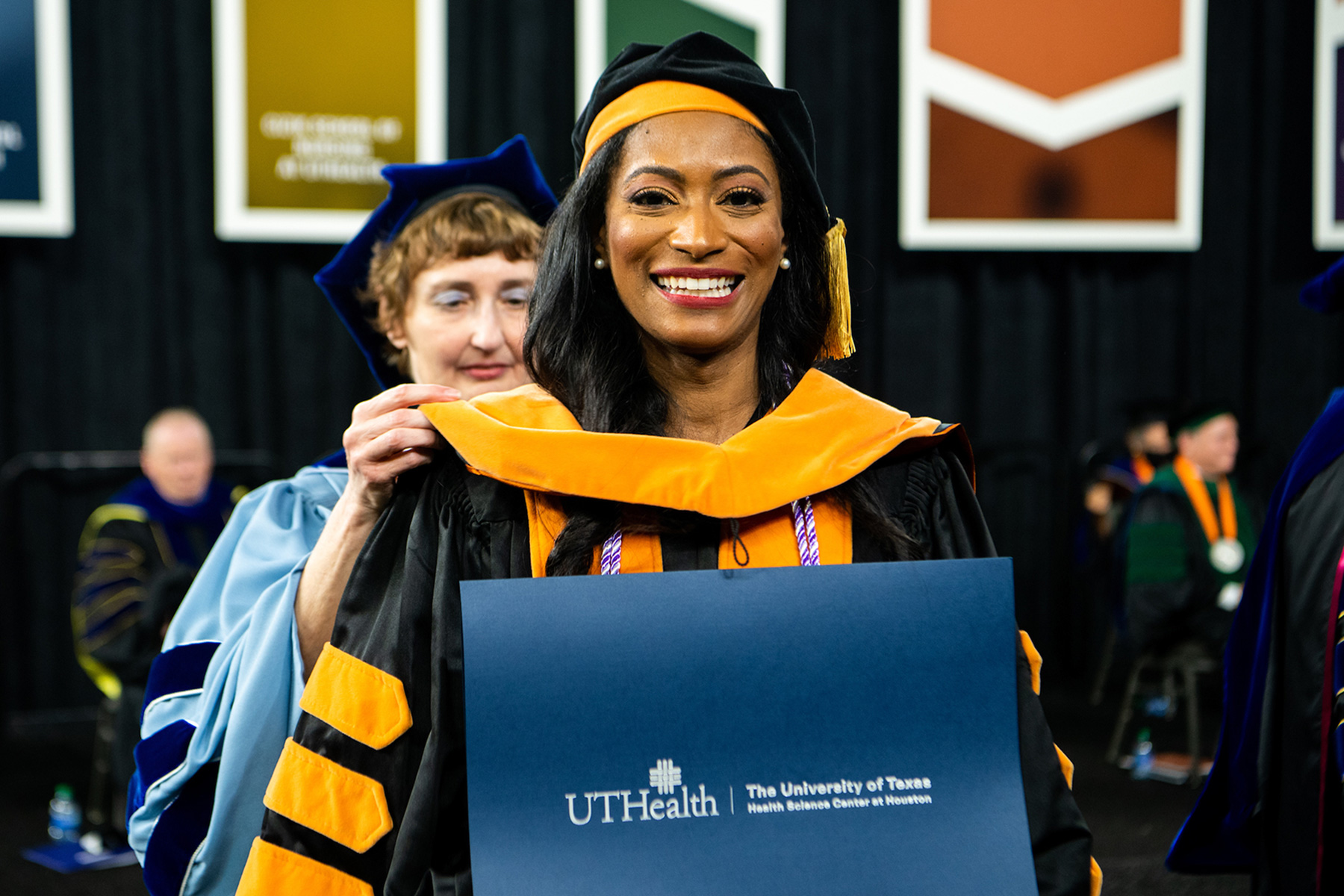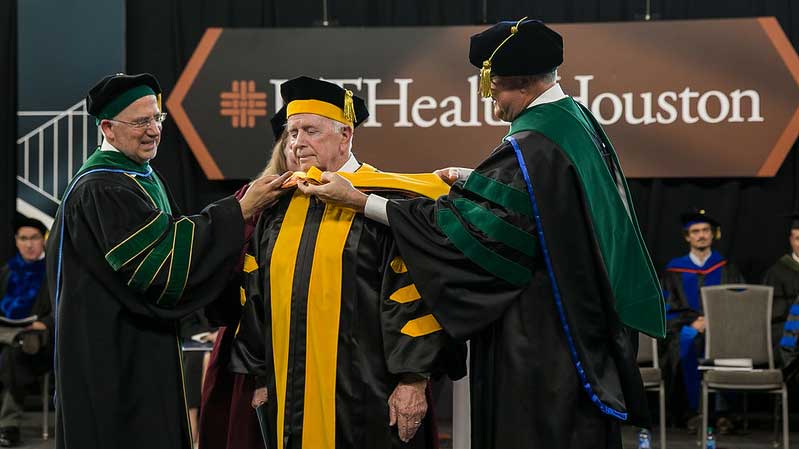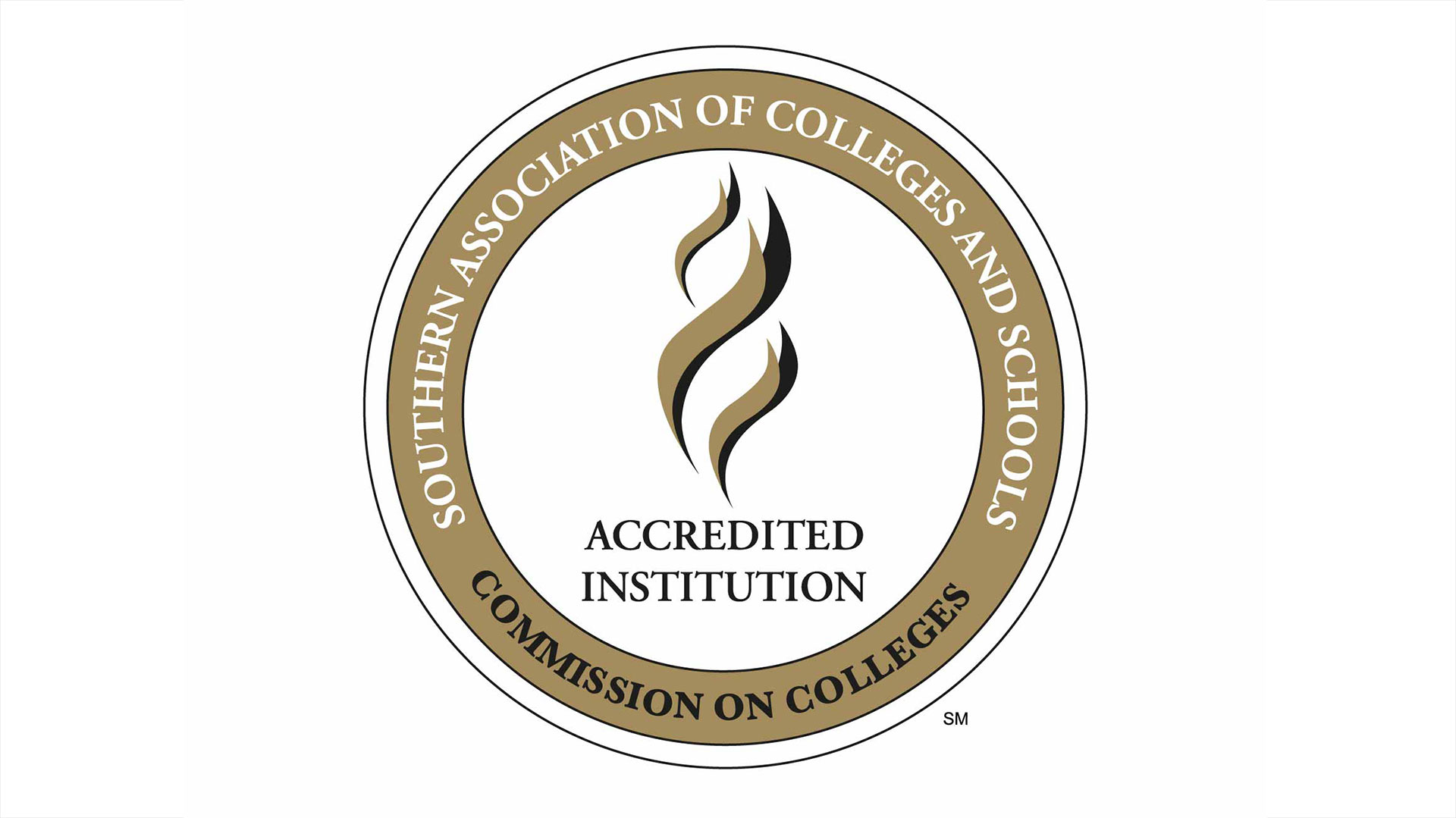UTHealth Houston is a graduate-level university and academic health center in Houston that reaches across the state and around the world. Working together, our seven schools, institutes, centers clinics and hospital partners are uniquely positioned to educate tomorrow's healthcare providers from many perspectives and disciplines. Our educational programs connect research, prevention and patient care in innovative ways that lead to powerful discoveries.
Because we are many diverse components woven into one university, UTHealth Houston delivers a commitment to improving human health. We educate the largest number of healthcare professionals in Texas - more than 5,000 each year - and create innovative solutions that create the best hope for a healthier future.

Resources for Academic Administrators
- UTHealth Houston Tuition and Fee Schedules
- UTHealth Houston Handbook of Operating Procedures (HOOP)
- UT System Regents Rules & Regulations
- SACSCOC Substantive Changes
- THECB-Academic Program Development & Modifications
- THECB-Academic Program Reviews
- THECB-Inventory of Degree Programs
- CIP (Classification of Instructional Programs) Search Engine

Institutional Research

Student Achievement
Contact Academic Administration
Deanne Hernandez
Associate Vice President for Institutional Research, Assessment & Accreditation
Email Deanne
713-500-3192
Diana Keosayian, EdD
Director of Institutional Research & Effectiveness
Email Diana
713-500-3430
Nesh Aqrawi
Associate Director, Academic Administration
Email Nesh
713-500-4047


